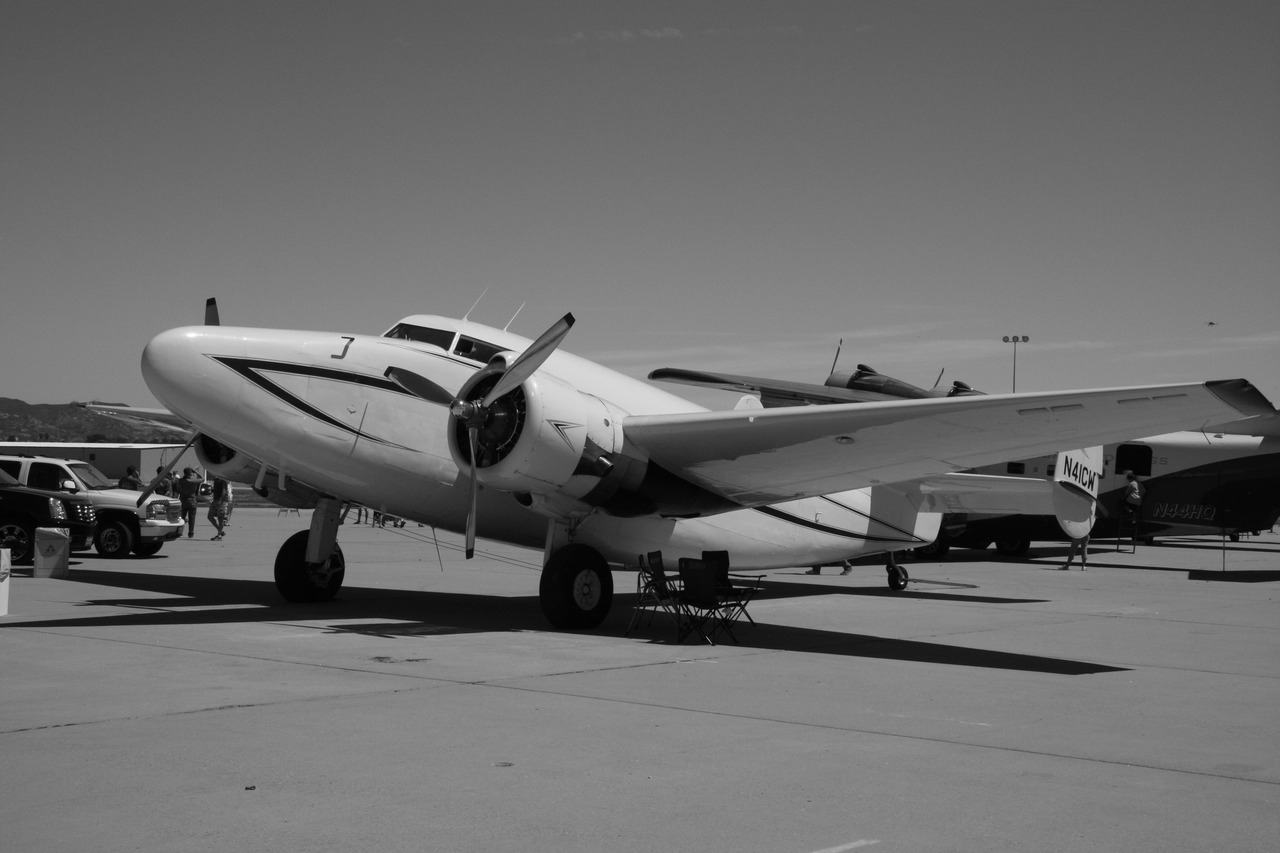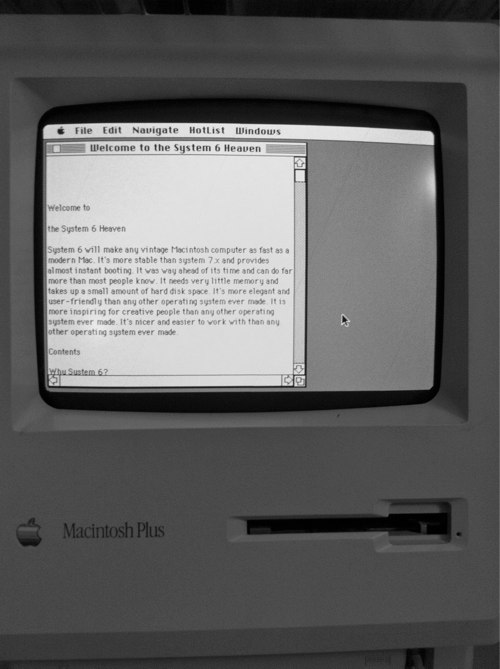It’s been a long time since September 11, 2001, and much has happened in my life since then. I found a great company to grow a career at, married my beautiful wife and had an amazing daughter. Personally and professionally I’m thriving, yet the horror of that day and the subsequent wars have cast a lingering shadow in how I look at the world.
As a history buff and grandson of a Naval Aviator in WWII (or “the big one” as he like to call it), I grew up with a fascination for American history, particularly WWII through the Cold War. That generation faced evil, stood up to it, and made the world a safer place for the rest of us.
Talk to anyone from that era, and they can tell you with clarity what they were doing on December 7, 1941 and November 22, 1963. In my life, it had only been the explosion of the space shuttle Challenger (January 28, 1986) announced over the PA system of my school that created a similar memory for me. Like most people, I got a call early September 11, 2001 from a close friend saying a plane had crashed into the World Trade Center and to turn on the TV. I then witnessed the rest of those horrific events play out in my living room and felt the shared dread of “not knowing what was next”.
I’ve come to realize how sheltered and fortune I had been not having felt that way before. That security, earned by my Grandfather’s generation, was something I had taken for granted.
In moments of doubt, I sometimes wonder if my generation has what it takes for a struggle like WWII as my Grandfather’s generation had. We grew up with abundance rather than scarcity, and by nearly any measure are “soft” in comparison. I do think we’re enterprising and hard working, but there is no question a sense of entitlement and complacency has infected the outlook of many.
That brings me to A.J. Castro, a local high school graduate that lost his life serving his country in Afghanistan a couple weeks ago. He chose to join the Army, serving in the legendary 101st Airborne, and chose to go to Afghanistan. He didn’t have to do either. He was killed at age 20. No entitlement or complacency there.
It’s men and women like him, and the many thousands that have served in Iraq and Afghanistan over the last 9 years, that allay those moments of doubt. My Grandfather once said that he’d wished he hadn’t lived long enough to see September 11th–evil had come back and it was now up to my generation to face it. Are we up to the challenge?
Well, men like A.J. Castro are standing up, facing evil, and again making the world a safer place for the rest of us. May we never forget the cost.

